Property Geek
We provide the actual and accurate information with unbiased user driven reviews to our viewers, to help them see the best and find the best!
View posts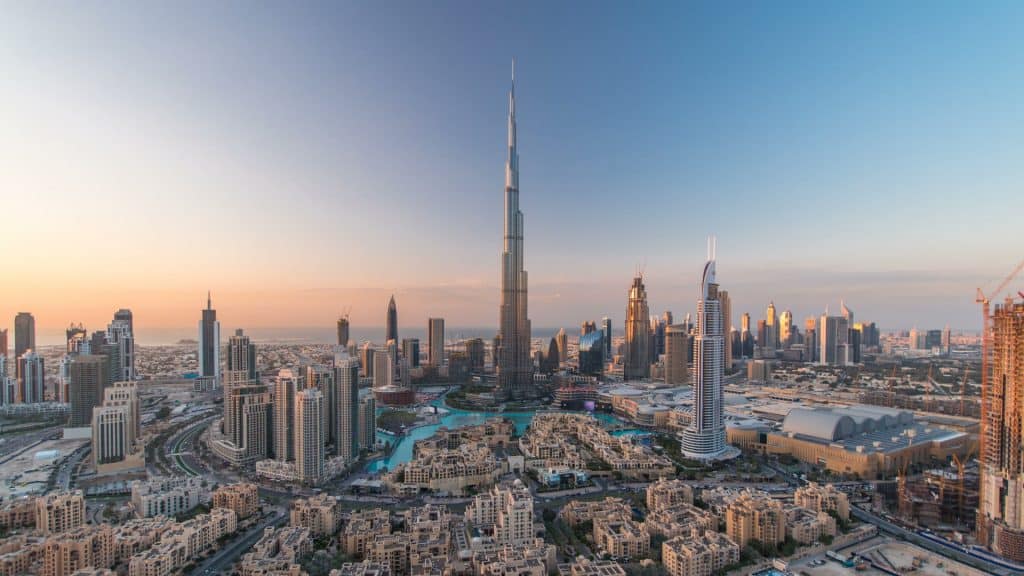
When we hear the term ‘building’, we immediately think of high-rise buildings, residential and commercial buildings. But do you know that the list of the different types of buildings is much longer than that? From warehouses to hospitals and restaurants to movie theatres, the types of buildings are many!
In this article, we introduce you to the 17 different types of buildings that we generally come across.
Since the list is endless, it’s best to categorize the types of buildings for ease of understanding. Buildings can be classified as:
The first category of buildings includes different types of buildings based on their purpose, such as:
Let’s take a look at each of these types of buildings:
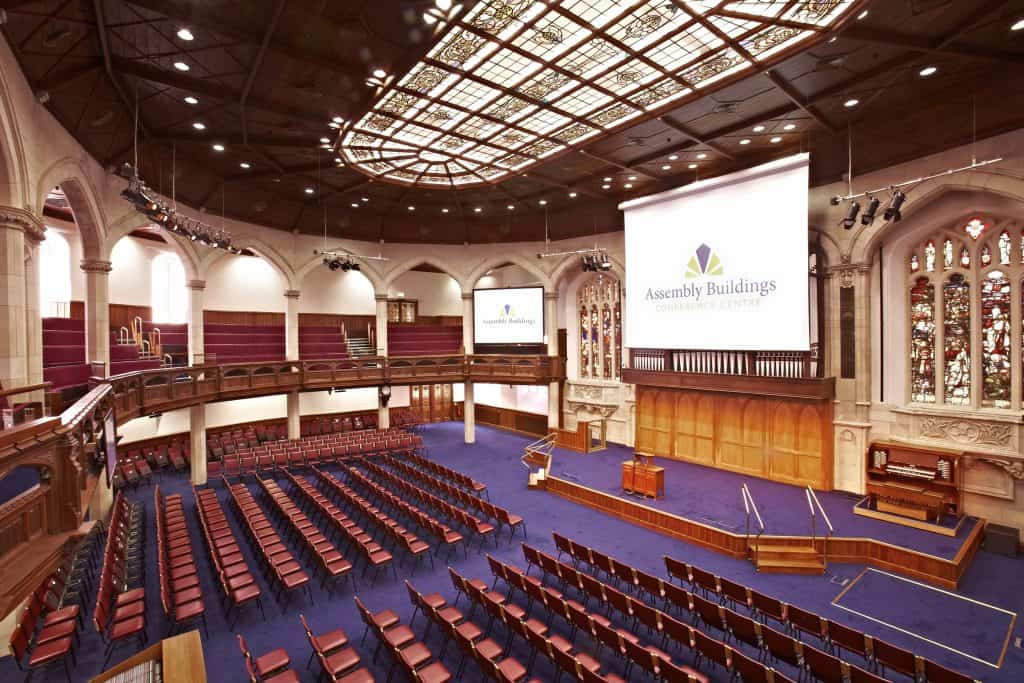
These are described as structures or portions of structures that host public meetings for entertainment, leisure, social, religious, patriotic, civic, or other comparable reasons.
Assembly buildings include:
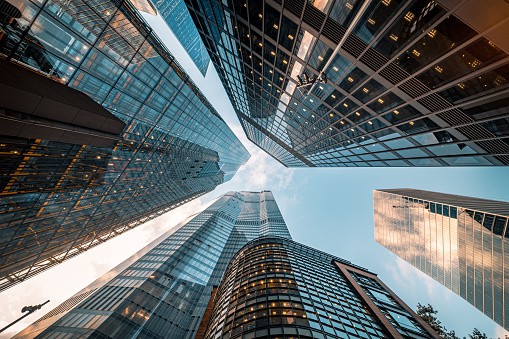
A building or a portion of one can be categorized as a business building if it is predominantly utilized for commercial transactions. Keeping records of commercial transactions, maintaining accounts, accounting, and managing various forms of records are all examples of these transactions.
Business buildings include:
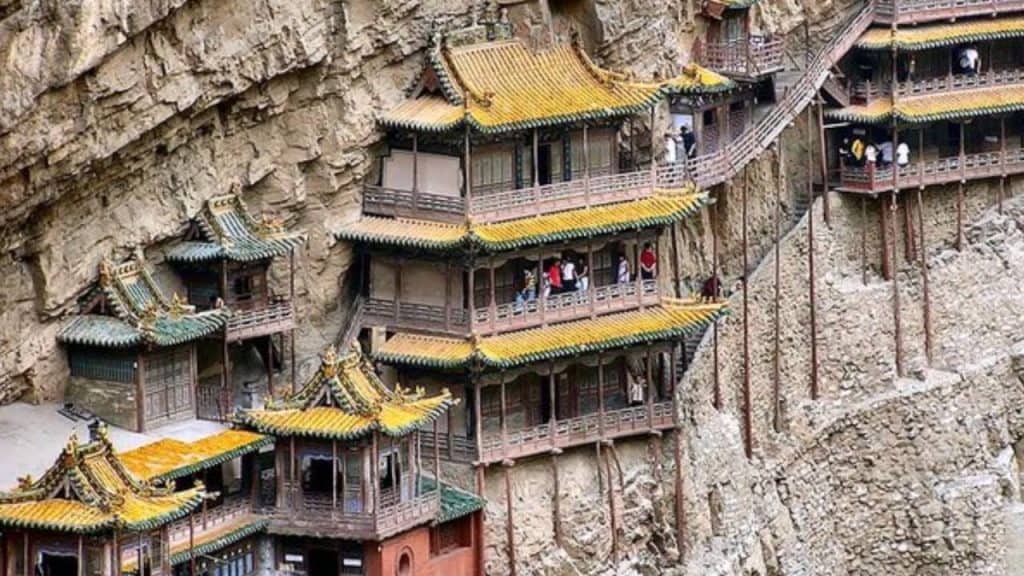
These structures, or portions of structures, are used for storing, handling, manufacturing, or processing highly flammable or explosive chemicals or products that can cause poisonous vapors or explosions.
These buildings are mostly used for storing, handling, manufacturing, or processing materials that include extremely corrosive, poisonous, or toxic alkalis, acids, or other liquids or chemicals that emit flame, fumes, or explosions, as well as toxic, irritating, or corrosive gases.
These types of buildings are also employed for material processing, which creates explosive dust mixes, resulting in the breakdown of materials into tiny particles that spontaneously ignite.
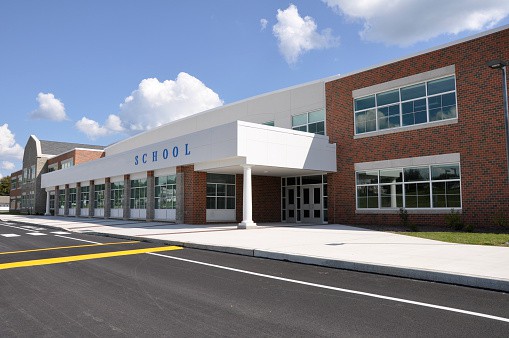
Schools are educational structures. One or more may be found in almost every town. There are many different kinds of schools. The most important are:
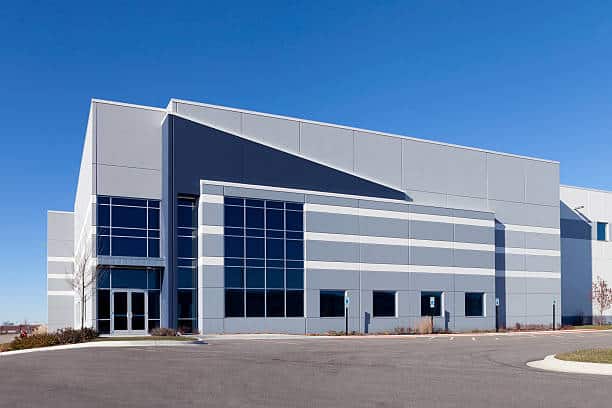
Industrial buildings are structures that are used to produce, assemble, or process products or materials.
Industrial buildings include:
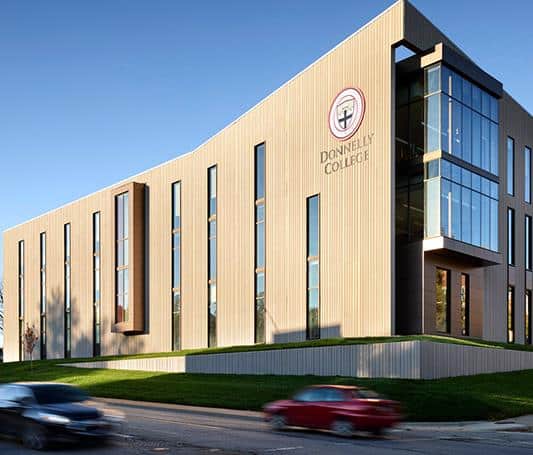
Institutional buildings are used for medical or other care and services for those who are afflicted with physical or mental illness, disease, or disability.
These structures are designed for the care, punishment, or correction of youngsters or elderly people whose freedom is constrained. The residents of institutional facilities are frequently provided with sleeping quarters.
Institutional buildings include:
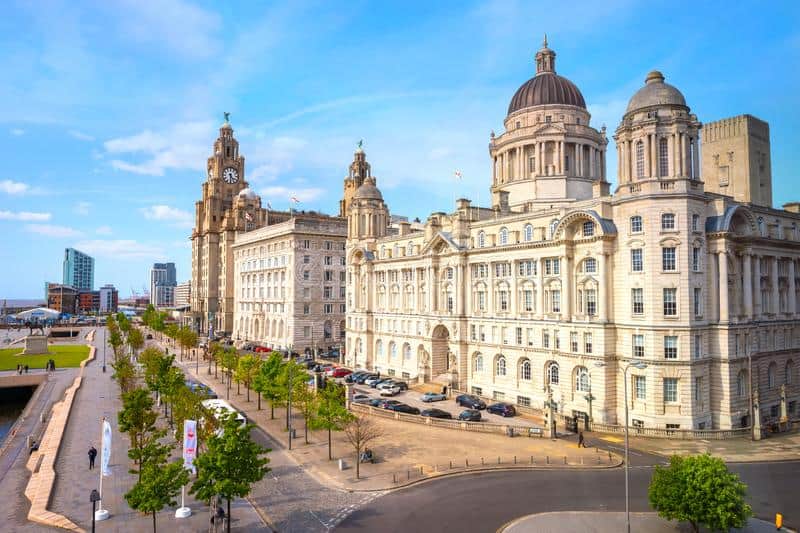
In these sorts of structures, either the entire structure or a portion of it is used to house shops, storefronts, or showrooms where bulk products, consumer items, or commodities are shown and sold. These structures should also include necessary office, warehouse, and service facilities for the firm, all of which should be housed in the same structure.
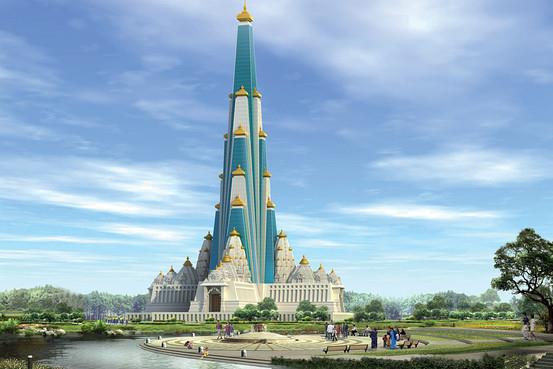
As the name suggests, these types of buildings are places of worship.
Religious buildings include:
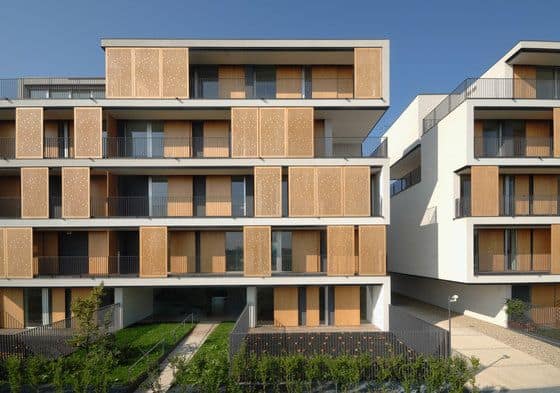
Buildings with sleeping accommodations are available for regular residential use without cooking, food preparation, or both.
While the standalone single-family home is perhaps the first sort of residential structure that comes to mind, there are several more types of residential structures.
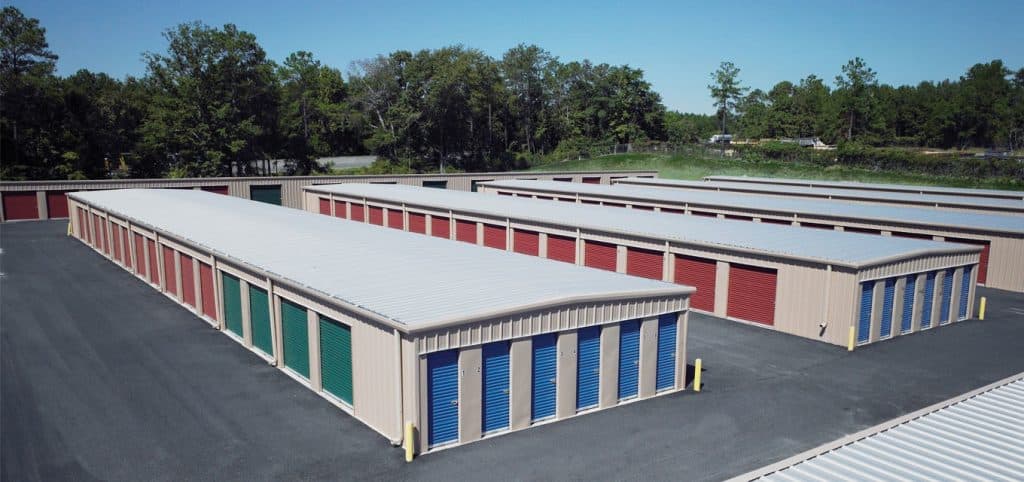
Material is stored or sheltered facilities are given for products such as wares or commerce in storage structures.
Storage buildings include:
The next category of buildings is based on their design as their height, such as:
Multi-Story Or High Rise Buildings
Semi-Circular Buildings
Separated Building
Let’s take a look at each of these types of buildings:
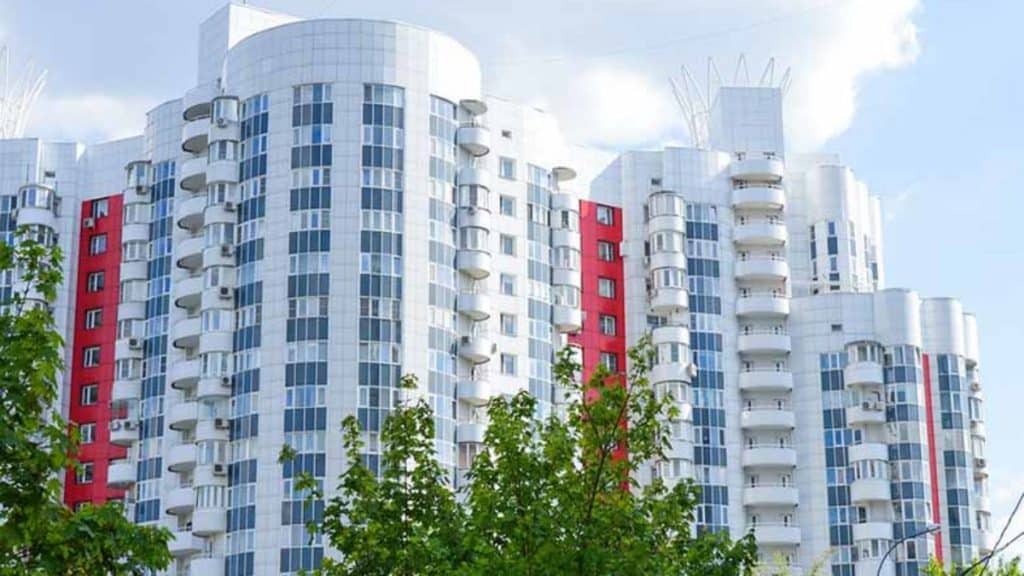
High-rise buildings are defined as structures with more than four stories.
It can also be classified as:
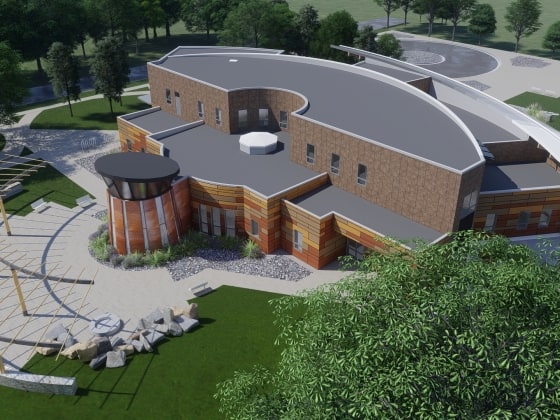
These structures vary from other structures on three sides and feature open areas.
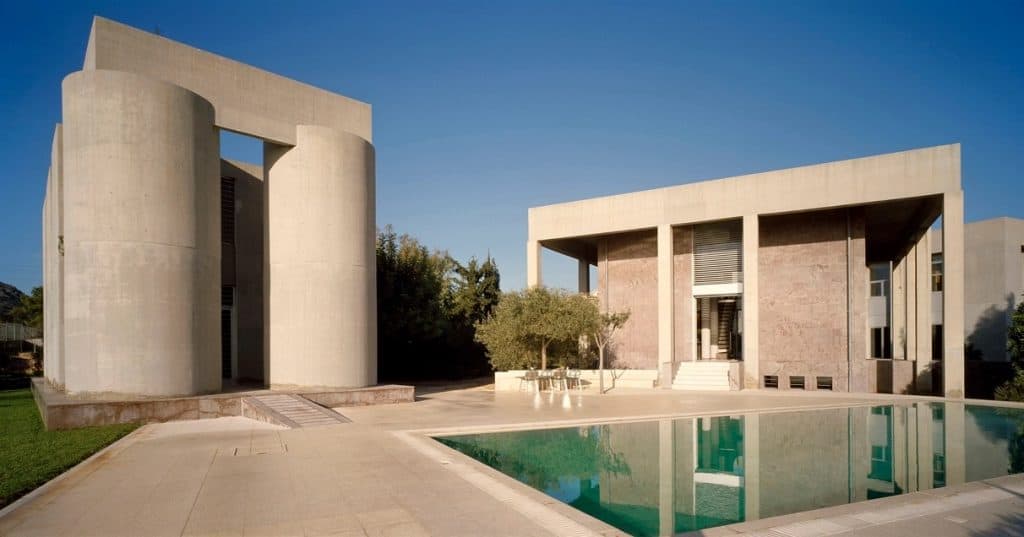
A separate building is one that has a roof and walls that are independent of any other structure and has an open area inside its bounds.
Safety is a major concern in any building or architecture. There are different types of buildings based on the standard of safety such as:
Slum Buildings
Unsafe Buildings
Let’s take a look at each of these types of buildings:
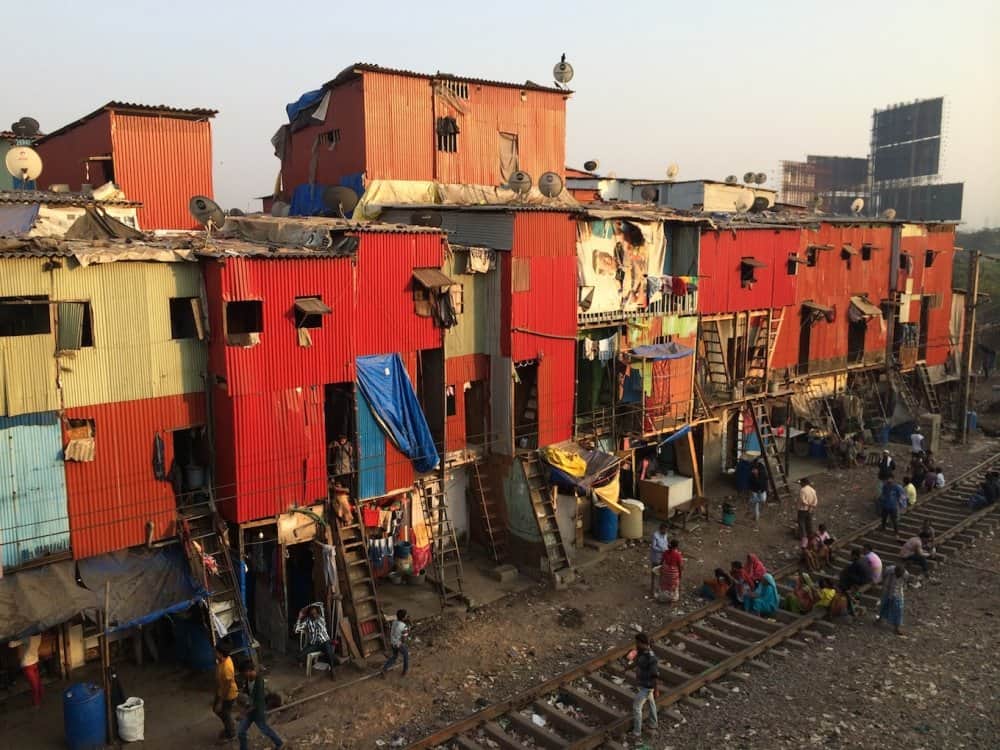
These types of buildings have a low degree of upkeep and poor amenity, which is caused by poor sanitation, ventilation, and other negative characteristics.
Slums are identified by a competent body in accordance with the legislation.
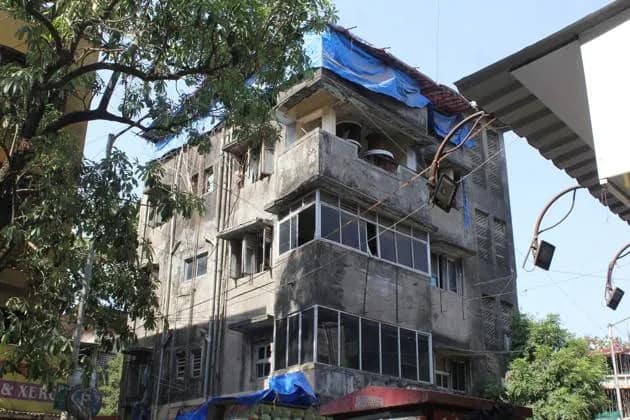
These structures are structurally weak and hazardous, unbalanced or contaminated, lack suitable access and escape facilities, are prone to fire dangers, constitute a threat to human life, and may pose harm to the safety, health, or the environment.
The public’s welfare is deemed to be in jeopardy. According to government rules, these structures must undergo rehabilitation, destruction, or other appropriate actions as directed by the relevant authority.
The last category of buildings has different types of buildings based on their features, such as:
Multi-Level Car Parking
Special Building
Let’s take a look at each of these types of buildings:
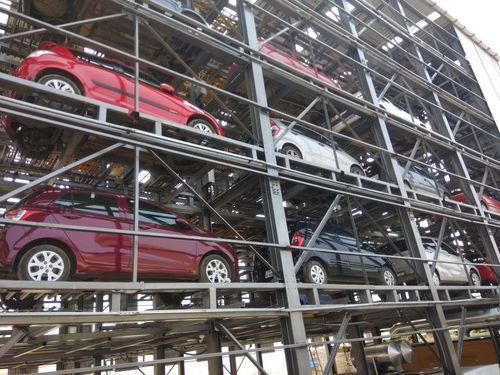
These are structures that are partially below ground level (basement) and have two or more basements, or are above ground level and have two or more floors, and are mostly used to store automobiles, motorcycles, scooters, and other light motorized vehicles.
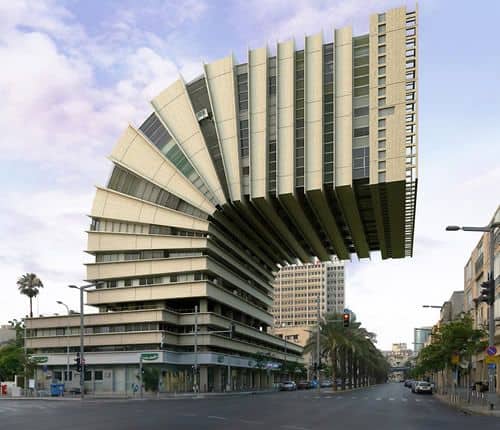
Buildings that are more than 15 meters tall and have a built-up area of more than 600 square meters are special buildings.
Special buildings include:
There are various types of buildings nowadays, each having its purpose, be it educational or commercial.
The quality of different types of buildings is determined by the kind of construction, the building’s safety status, the elements utilized in the system (such as sensors and video surveillance), and the financial backing allotted for its design, execution, and upkeep.
The foundations, rooftops, façades, exterior glass, and vertical slats, columns, floor joists, shafts (including elevator shafts), ramps, stairwells, lifts, building mechanical, floor/ceiling slabs, electrical, and telephone cabinets, common and public areas, and any other structural parts are included in the term building structure.
There are many types of buildings, from warehouses to hospitals and restaurants to movie theatres. Each of the various types of buildings has its purpose, be it educational, commercial, safety standard, and so on.
Since the list is endless, it’s best to categorize the types of buildings for ease of understanding. Buildings can be classified as: